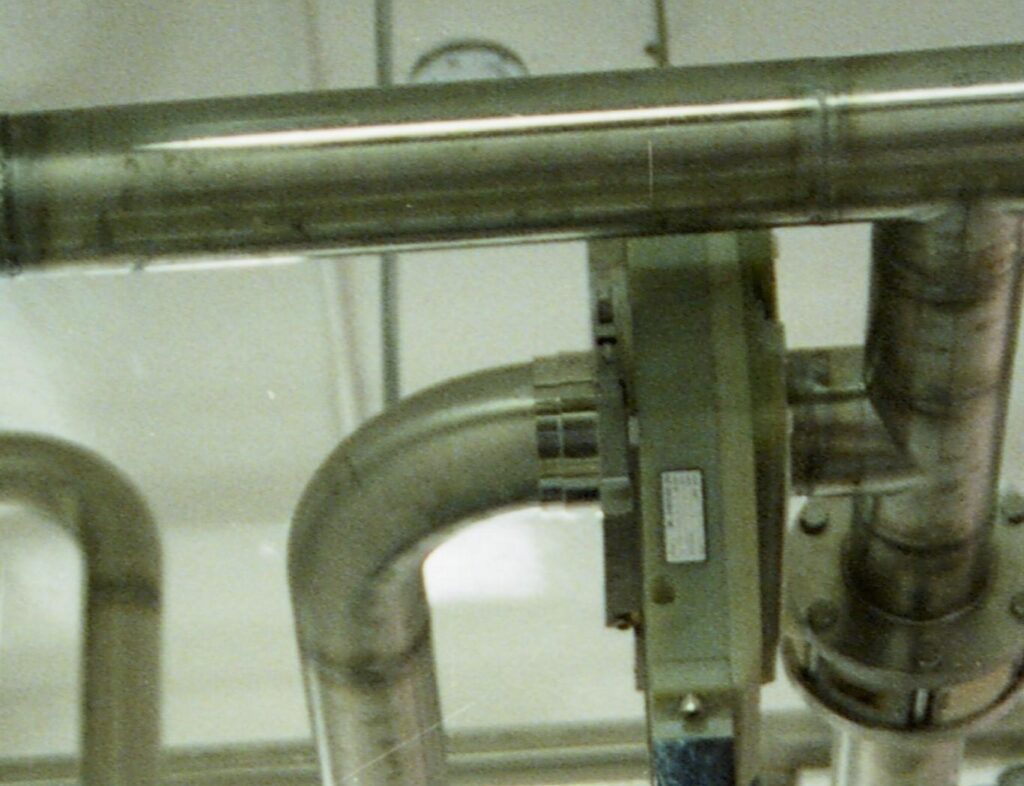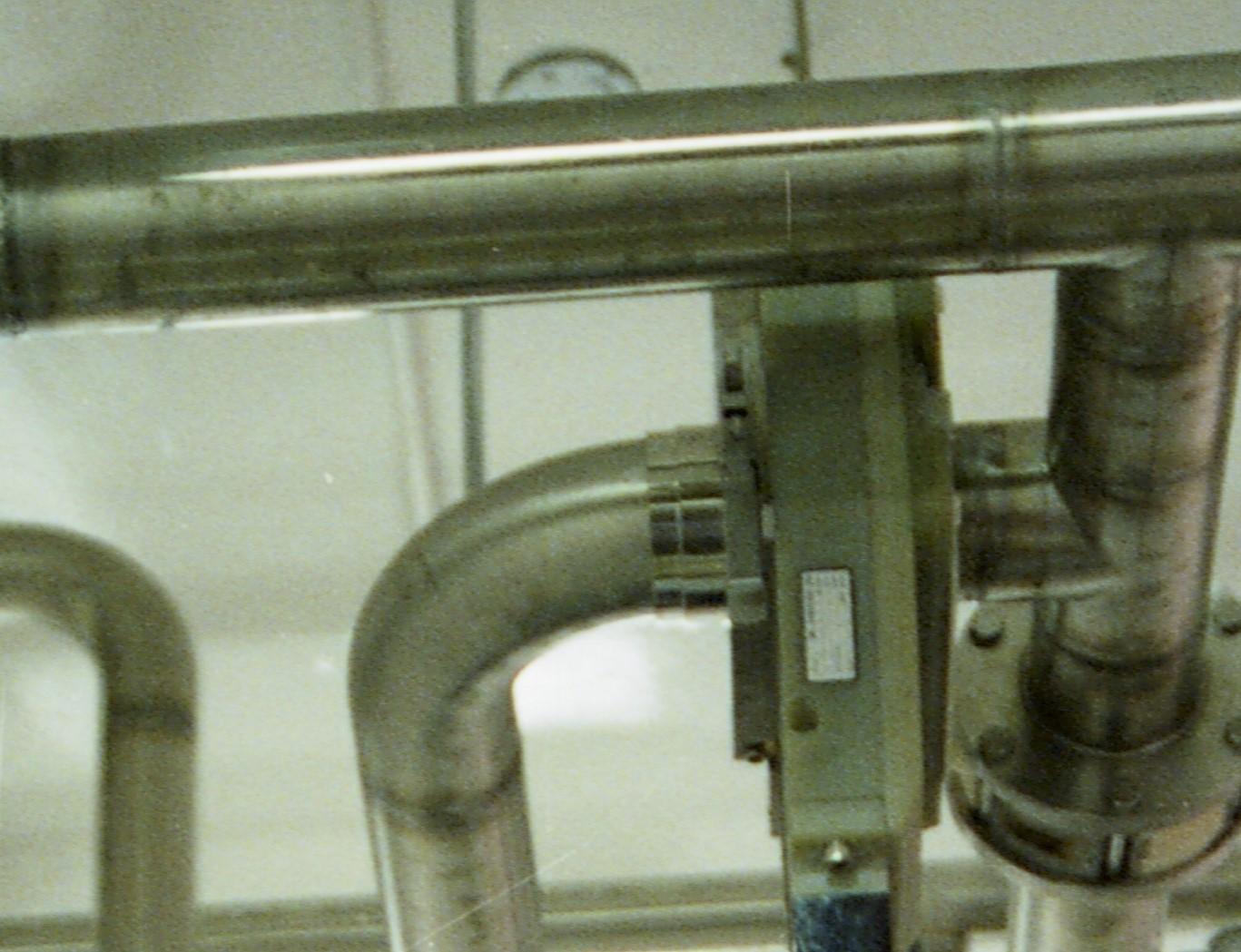
The most common type of weld by far is the butt weld. The term describes a joint that is formed by placing two pieces of metal together in the same plane and then welding where they join. The crucial feature of a butt weld is that both pieces of metal and all parts of the weld occupy the same plane. In other words, welds are where the two pieces are abutting each other. Typically, butt welds are thought to be between flat plates. However, welds between two pieces of pipe or tube where the two pieces are abutting each other and of the same diameter and wall thickness are also butt joints.
Since pipes and tubes are regarded as some of the most challenging welds to make, a tube fusion butt welding machine is a desirable device, and orbital welding machines that essentially are tube fusion butt welding machines have existed in various forms since the 1960s. They have perhaps been underutilized as the quality of the welds they produce has been in excess of what was needed for many applications. However, as the demand for quality metallurgy and precision has risen, so has the need for orbital welders or tube fusion butt welding machines.
Types of Tube Fusion Butt Welding Machines
What precisely a tube fusion butt welding machine is can differ depending on who you ask. Fusion welding can technically apply to any sort of welding, from arc welding of metals to using heat or ultrasonic vibration to thermally weld plastic tubing together. Traditionally, though, the term has been applied as a sort of shorthand for welding that doesn’t require any additional filler material in order to completely weld two pieces into a single contiguous whole. Something that isn’t true of most types of arc welding, where the electrode itself is consumed and melted into the weld to reinforce the joint. This shorthand definition really only truly applies to two sorts of welding, which are:
- Gas Tungsten Arc Welding (GTAW) and Tungsten Inert Gas (TIG): A welding process where a non-consumable tungsten electrode shielded by an inert gas like argon or helium is used to strike an arc and direct heat into the metal. Specifically, fusion is used to refer to the autogenous welding of thin-walled tubes and pipes.
- Plastic Fusion Welding: A process where two sections of high-density polyethylene pipe are heated through the use of a plate and then tightly clamped together under high pressure until the two pieces fuse into one.
The two processes do not have much of an overlap in what they are used for. In industrial settings, high density polyethylene (HDPE) is really only used in some types of water transport, and occasionally steel reinforced HDPE piping is used in undersea petroleum extraction as the plastic is resistant to saltwater corrosion. However, it is not used in aviation, petroleum refining, or semiconductors as HDPE is sensitive to both extremes of heat and cold, melting under the former and becoming more brittle under the latter condition.
Orbital GTAW tube fusion butt welding machines are much more versatile, being able to weld a range of metals and alloys thereof, and the resulting welds can be used under a variety of conditions from the mundane to extremes of heat and cold depending on the metal that is being put into the GTAW tube fusion butt welding machine. Stainless steel is a standard across many industries, but orbital welding can reliably make a fine quality bead on common mild steel, superalloys like Inconel, and even rare and exotic metals like titanium. Autogenous orbital welding machines are the tools that make meeting high-specification manufacturing possible.
The Many Roles of Orbital Tube Welding Machines
The advantage of orbital tube welding machines is their ability to produce high-quality welds and to do so repeatedly. This advantage is shortly followed by the sheer versatility of these devices, as tube fusion butt welding machines and orbital tube welders can be used on nearly every metal that GTAW is used for. This has widespread applicability from welding food-grade stainless steel to gas condenser and heat exchanger fabrication. While closed weld heads are effectively tube fusion butt welding machines, the versatility doesn’t end there. Orbital GTAW weld heads have been adapted to many roles. These include interior and outer diameter cladding applications. These include orbital butt welds, fillet welds, and even specialty models adapted for tube to tubesheet welding.
Orbital GTAW tube fusion butt welding machines are a well-established technology and a standard for tube fabrication applications of all types. Arc Machines Inc. has been a leading provider of orbital GTAW solutions for decades. Closed weld heads like the Model 4 Bench Top Weld head are tube fusion butt welding machines for metal tube fittings, valves, and other tube fabrication applications. More portable weld heads like the Model 7 and Model 8 bring the same quality results to tube system fabrication in production and worksite environments. Whatever your tube fusion butt welding machine needs, AMI offers the weld head, power supply, and parameters needed to get the job done to exceedingly high specifications. Their range of solutions extends far beyond just butt welds, AMI weld heads can also be adapted for lap and fillet welds on pipes and tubes.
Arc Machines, Inc. offers specialized welding solutions for pipe and tube fusion gas tungsten arc welding. For inquiries regarding products, contact sales@arcmachines.com. For service inquiries, contact service@arcmachines.com. Contact us to arrange a meeting. Arc Machines welcomes the opportunity to discuss your specific needs.





